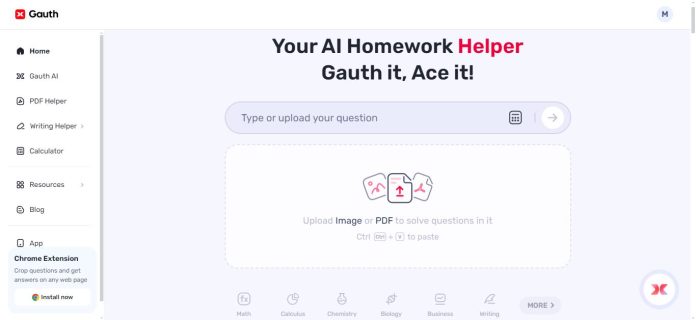Whether for professional communication, creative expression, or academic goals, writing calls for more than mere sloppiness of language. Understanding several points of view is fundamental for good writing. With the assistance of Gauth, an AI-based homework help platform, writers can tackle these challenges more effectively. Whether you are writing an essay, narrative, or argument, the general effect of your work will be much enhanced by knowing which viewpoint to use.
This essay explores the idea of writing points of view and provides ideas on which to choose for every given project or assignment.
What Are Writing Perspectives?
Within literature, the term “perspective” describes the point of view from which the material is presented. The way the material is presented and the reader will understand the message depends on perspective. First person, second person, and third person are the three main points of view writers draw from.
- First-person viewpoint employs pronouns like “I,” “me,” and “my,” so directly illuminating the writer’s ideas, experiences, and emotions for the reader. Often used in reflective essays, stories, and autobiographies, it strikes a personal and intimate note.
- Second-person viewpoint speaks directly to the reader using “you” and “your.” Often used in self-help books, ads, and instructional guides, it strikes a lively and conversational tone.
- In formal writing, the most often used perspective is third-person. It presents a distanced and objective point of view and employs pronouns such “he,” “she,” “they,” or “it.” Academic essays, research papers, and news stories all commonly feature third-person writing—where a thorough and objective tone is absolutely necessary.
How to Select the Appropriate Perspective
Choosing the suitable viewpoint can not always be easy. It depends on a number of elements like the intended audience, the writing’s goal, and the type of the material. Here is how one should negotiate these factors:
1. Think through the goal of your work.
Your writing’s intended usage greatly influences which point of view you should apply. First-person perspective is probably the greatest option, for instance, if you are writing a personal essay or memoir since it lets you convey your experiences and thoughts. Third-person is more suitable, then, if you are writing a research article since it exudes professionalism and objective.
2. Recognise Your Readership
Selecting the appropriate viewpoint depends much on your audience as well. Depending on the situation, many readers react to different points of view. For instance, as it is impartial and impersonal, academic or professional audiences usually demand a third-person point of view. Readers of a blog or personal essay, on the other hand, could like a first-person narrative that seems more authentic and relevant.
3. Content’s Natural Nature
Furthermore influencing perspective choice is the nature of your material. First-person perspective lets one explore emotional depth and intimate connection, hence personal stories or creative writing usually flourish in this point of view. Concurrently, third-person viewpoints provide objectivity and clarity that helps formal essays, news stories, or case studies.
Conclusion
A basic ability that improves the clarity, involvement, and impact of your writing is choosing the appropriate writing perspective. You can greatly raise the caliber of your work by knowing when to apply first, second, and third-person viewpoints and by comprehending their differences.
Whether you are working on creative writing projects, homework, or professional correspondence, spending some time to choose the appropriate viewpoint will help your message to be understood by the target readers. And, in case of uncertainty, adopting AI-based homework tools like Gauth can offer insightful analysis that will enable you to select the best course of action for your writing tasks.




